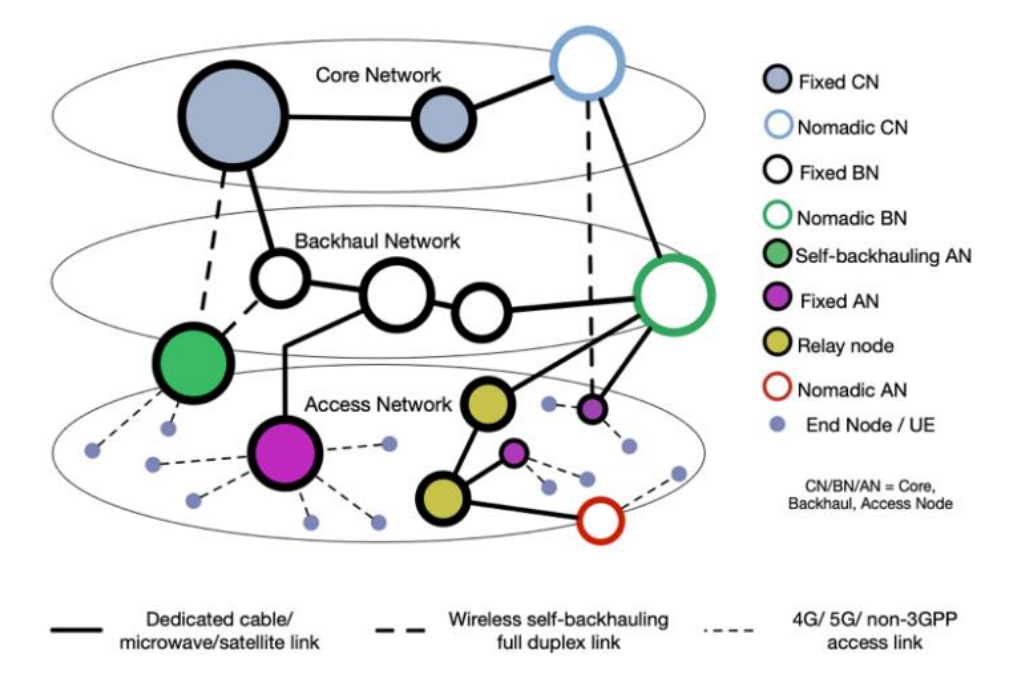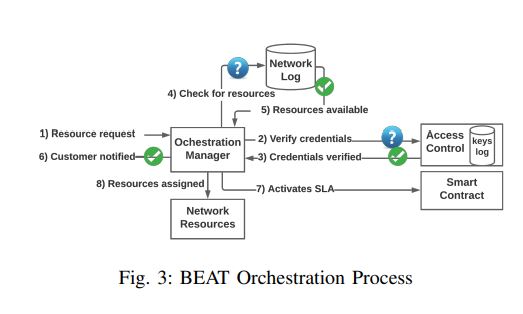Softly Softly Towards A New Generation: SoftBank’s Perspective
SoftBank recently shared a vision for what a next generation should look like and how to make it. While not perfect, it adds a great deal of nuance and realism to discussions.
The Transformation of Infrastructure: A New Space Race – Siemens

No rivals, no rockets, no thrill-seeking billionaires – this is a race for earth’s space, set in our physical and digital infrastructure, the spaces where we work, live and move. This is a race against time – a race we can only win by working together. How do we coordinate these demands?
This 40-page report pulls together ideas from over 500 respondents in 10 countries.
Dynamic infrastructure-as-a-service: A key paradigm for 6G networks and application to maritime communications – ITU

This paper highlights the missing elements in 5G that prevent evolutions of this technology from meeting future needs. Instead, they propose a disruptive communication paradigm to “ultimately enable the radical evolution of the current systems”, that interlink connectivity and computing seamlessly. They propose 6G should be able to “integrate and release, in a dynamic manner, heterogeneous types of resources, such as diverse types of network entities/nodes with nomadic, relaying, and multi-tenancy capabilities, which can enable demand-driven service provisioning, coverage extension, increased network capacity, and reduced energy consumption.”
BEAT: Blockchain-Enabled Accountable Infrastructure Sharing in 6G and Beyond – Arxiv

The primary challenges for future technologies are not just low-latency and high-bandwidth. The more critical problem Mobile Service Providers (MSPs) will face will be in balancing the inflated demands of network connections and customers’ trust in the network service, that is, being able to interconnect billions of unique devices while adhering to the agreed terms of Service Level Agreements (SLAs). To meet these targets, it is self-evident that MSPs cannot operate in a solitary environment. They must enable cooperation among themselves in a manner that ensures trust, both between themselves as well as with customers. In this study, we present the BEAT (Blockchain Enabled Accountable and Transparent) Infrastructure Sharing architecture. BEAT exploits the inherent properties of permissioned type of distributed ledger technology (i.e., permissioned distributed ledgers) to deliver on accountability and transparency metrics whenever infrastructure needs to be shared between providers. We also propose a lightweight method that enables device-level accountability.



